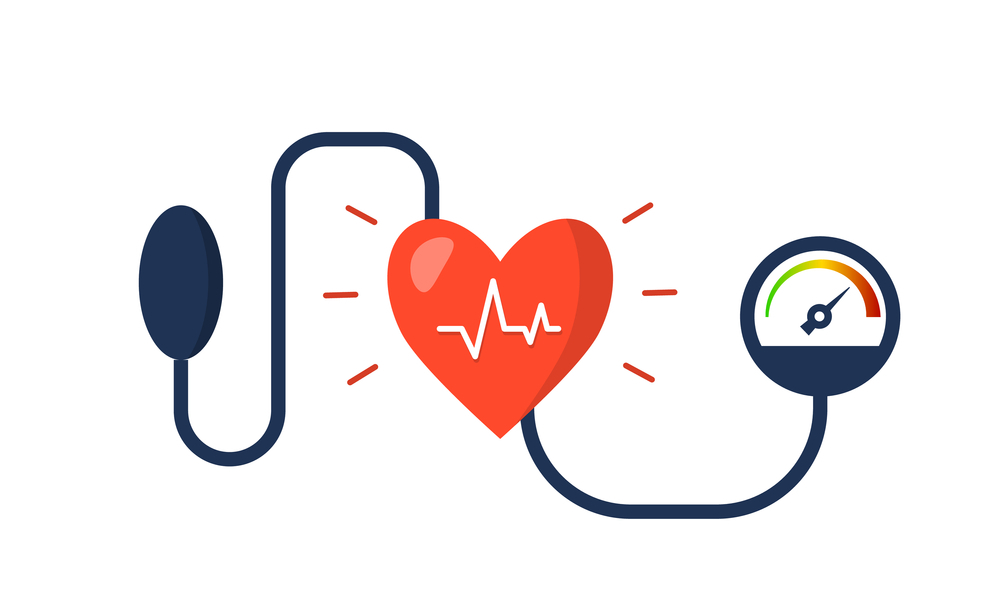Why Second Opinion should be Encouraged
We live in a society where people prefer to go to a chemist shop, explain their symptoms to the chemist, and buy whatever drugs prescribed to them. The hospital's mention is like a death sentence to people because of bad experiences. They will self-prescribed till they get well or go to the hospital when their condition becomes critical. Patients misdiagnosed at a point in time; some even had surgeries that affected their health, or caused their deaths. The second opinion is what we should consider saving our loved ones and us from unintended harm.
What is a second opinion?
Firstly, we need to understand what a second opinion means and how would you know if you need one. According to the National Cancer Institute, a medical second opinion is an opinion other than the patient's current doctor. The second doctor reviews the patient's health problem and treatment options. May confirm or question the first doctor's diagnosis and treatment plan. It may as well provide more information and better treatment options about the patient's disease or condition. One of the leading problems in health care is diagnostic errors. The average patient in the USA can expect to be harmed by diagnostic mistakes at some points.
When to seek the second opinion
Doubting your doctor's diagnosis can seem ridiculous; that is when you know something is not right. However, there are cases you need to seek a second opinion such cases are;
- When symptoms persist after treatments
- Your diagnosis looks unclear; you are not well informed about your test.
- You are told that your condition is life-threatening or rare.
- The cost of treatments or medication is too expensive.
- Your gut tells you your health care provider is not honest with you.
Ignorance about second opinion and poverty has cost people their lives and health. Here are a few instances of diagnostic error.
Real-life cases
Mabel was a 22-year-old lady; she had been having chronic pelvic pain for a year. She went to a trusted pharmaceutical store and spoke with the pharmacist about her problems; the provider said she had abscesses in the pelvic area. He prescribed some drugs to dry and stop the pain. A few days later, Mabel's heartbeat slowed down gradually. Thanks to a friend's quick intervention that told her to stop the drugs, took her to the hospital and was diagnosed with chronic pelvic inflammatory disease (PID).
Mrs. Rhoda was a 38-year-old woman with a family health history. Most of her siblings had diabetes. She started having blurry vision and increased thirst; whenever she visits a hospital, they diagnose her for malaria and typhoid. She tried telling the doctor about her condition, but she was ignored. According to them, she's not up to 45 years, so she can't have diabetes. A few years later, in her early 40s, she woke up with a partial stroke; she was referred to a teaching hospital as the clinic couldn't find what was wrong with her. When she got to the teaching hospital, it was confirmed that her blood sugar level was dangerously high. She could recover quickly but had to live with partial paralysis for the rest of her life.
The second opinion is not a crime; medical providers should encourage their patients to go for one when they are not comfortable with the initial diagnosis. Globally, as many as 4 in 10 patients are harmed in primary and outpatient health care. Up to 80% of harm is preventable. The most detrimental errors are related to diagnosis, prescription, and medicines (WHO).





Comments (1)
great lessons